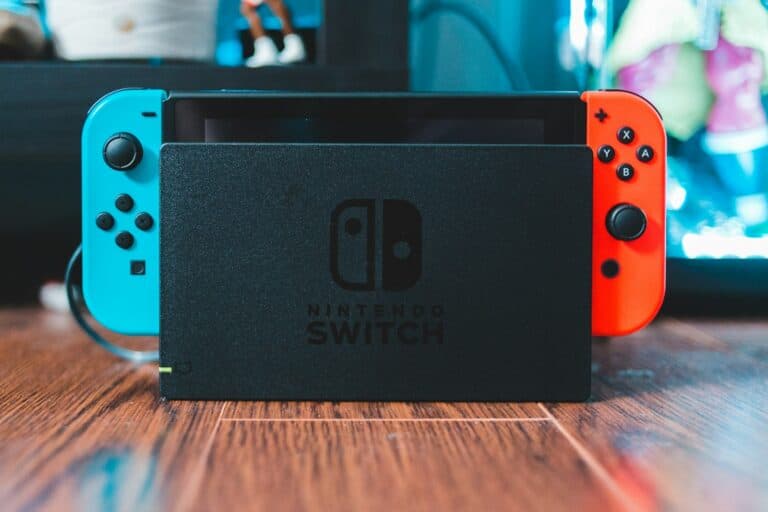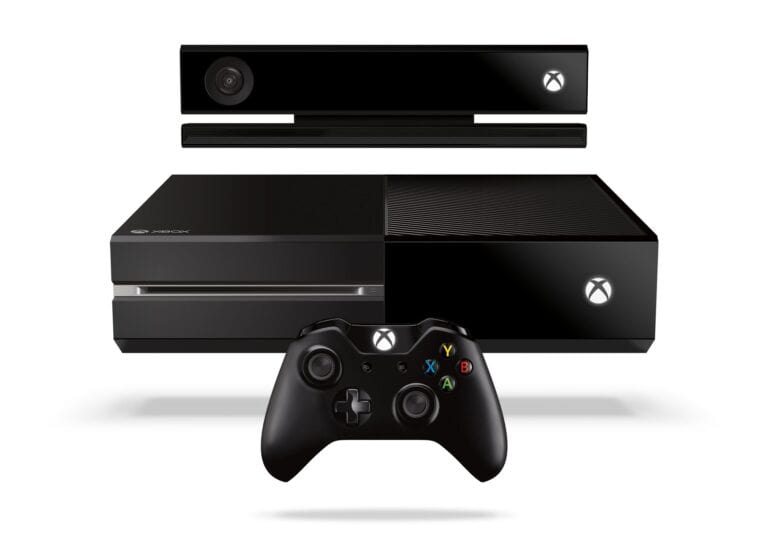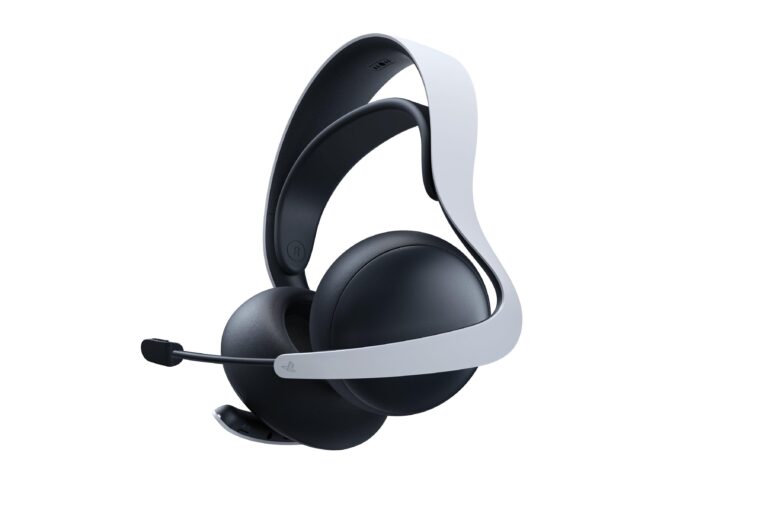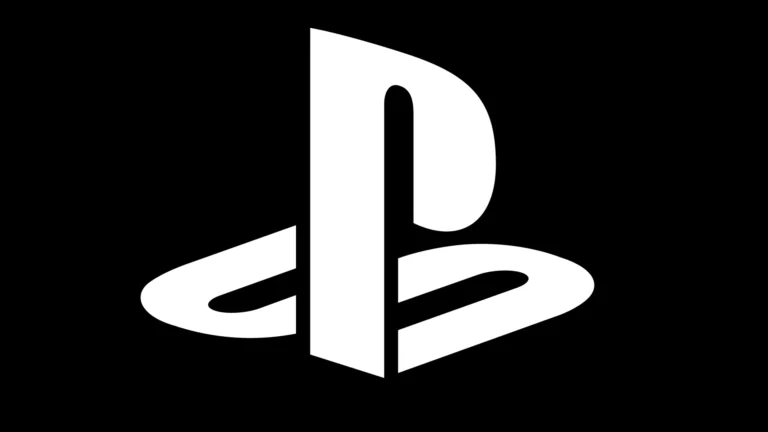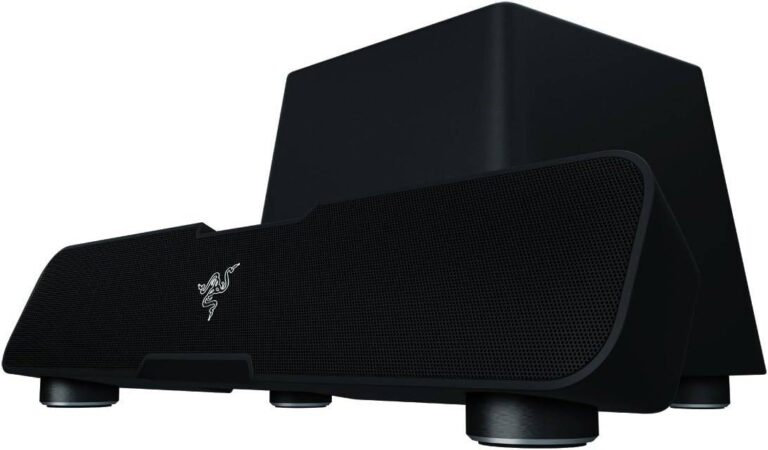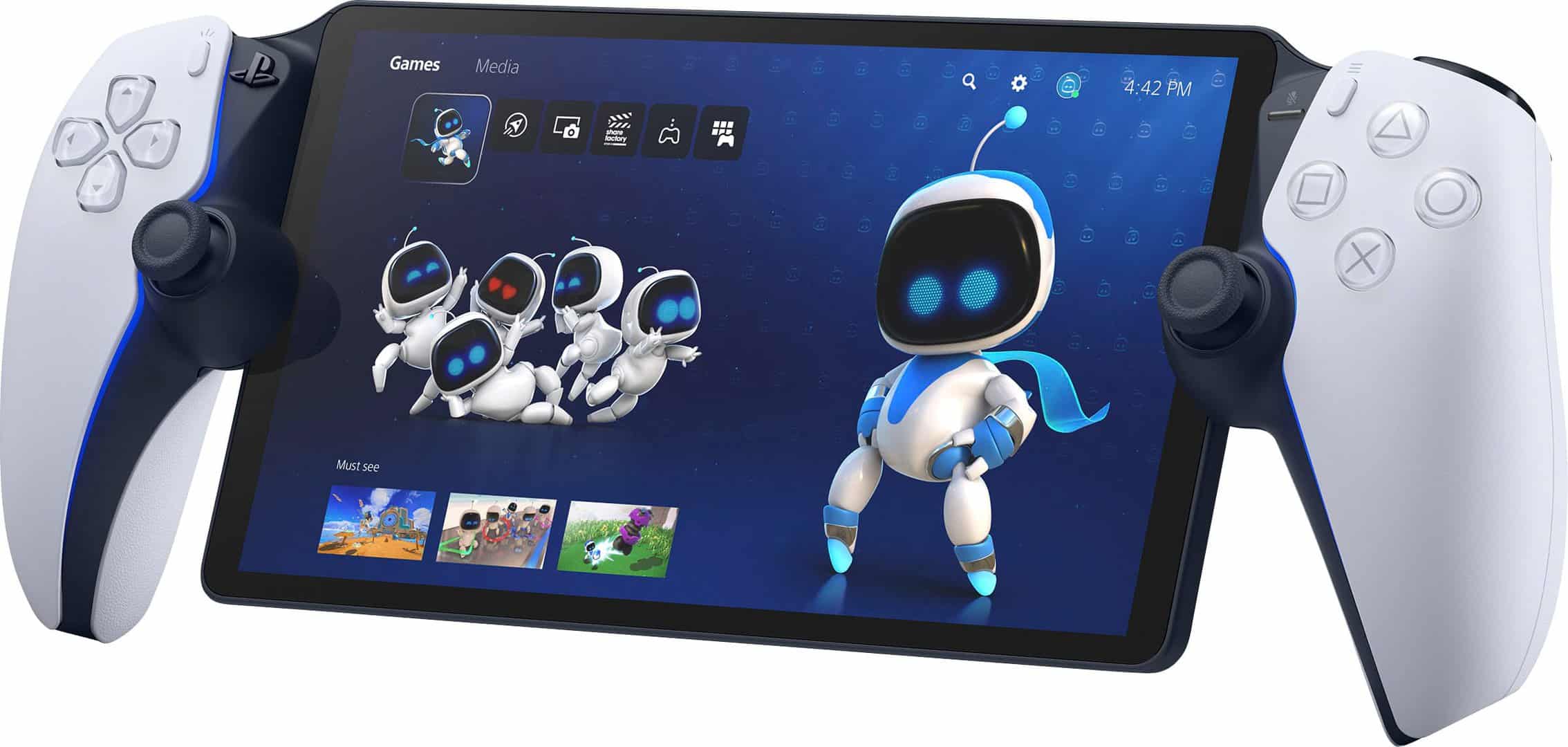
The PlayStation Portal provided an introduction to portable PS5 gaming, but it seems that Sony has something more ambitious in the works. Reports indicate that the company is developing a brand-new handheld console aimed at competing directly with the Nintendo Switch. This dedicated device intends to offer a genuine portable PS5 experience, in contrast to the Portal, which relies on streaming.
Sony’s initiative to create a new handheld console that supports native PS5 gaming could represent a significant opportunity in the portable gaming market. As competition intensifies with several major players enhancing their handheld offerings, Sony must navigate a complex landscape filled with both challenges and opportunities. Gamers around the world are eager to see how this story develops in the coming years and what kinds of devices will ultimately emerge, potentially sparking the next wave of engagement in the vibrant interactive entertainment industry.
Sony’s Secret Weapon: A New Handheld PS5 Console to Challenge the Switch
Sony is reportedly working on a new handheld console that will allow players to enjoy PlayStation 5 games on the go, signaling a bold move towards competitive handheld gaming.
A True Portable PS5 Experience
- Native PS5 Games: Unlike the PlayStation Portal, which streams games from your PS5 console, this new handheld is rumored to play PS5 games natively. This means you’ll be able to enjoy your favorite titles on the go without needing a separate console or internet connection.
- Standalone Device: This handheld will be a completely standalone device, similar to the Nintendo Switch or the Steam Deck. You won’t need to own a PS5 to use it.
- Potential for Exclusive Titles: There’s speculation that Sony might even develop exclusive games specifically for this handheld console, further enticing gamers to choose it over the competition.
What We Know So Far
Details about the new handheld are still scarce, but here’s what we’ve gathered from various sources:
- Early Stages of Development: The project is reportedly in its early stages, so a release might still be a few years away.
- Successor to the PlayStation Portal: This new handheld is considered a successor to the PlayStation Portal, but with significantly enhanced capabilities.
- Competing with the Switch: Sony’s clear intention is to challenge the dominance of the Nintendo Switch in the handheld gaming market.
Why Sony Is Making a Move
- The Switch’s Success: The Nintendo Switch has demonstrated the immense popularity of handheld gaming, and Sony wants a piece of the action.
- Expanding the PS5 Ecosystem: A dedicated handheld console would expand the reach of the PS5 ecosystem, allowing gamers to enjoy their favorite titles in more ways.
- Countering Microsoft’s Plans: Microsoft is also rumored to be developing a handheld Xbox console, so Sony needs to stay competitive in this evolving market.
Potential Challenges
- Battery Life: Delivering a true PS5 experience on a handheld device will require significant power, posing a challenge for battery life.
- Price: The cost of the handheld will be a crucial factor in its success. It needs to be competitively priced to attract a wide audience.
- Game Library: Ensuring a strong library of games optimized for the handheld will be essential to its appeal.
A Promising Future for Handheld Gaming
With Sony and potentially Microsoft entering the dedicated handheld gaming market, the future looks bright for gamers who love to play on the go. The competition will likely drive innovation and offer more choices for players to enjoy their favorite games wherever they are.
Short Summary:
- Sony is developing a handheld console to compete with Nintendo and Microsoft.
- The upcoming device will allow users to play PS5 games natively.
- The release is still years away and depends on further development and decisions from Sony.
Sony Group Corp. is currently in the early stages of creating a portable gaming console aimed at enabling players to access their PlayStation 5 (PS5) game library while traveling or outdoors. According to a report from Bloomberg, this handheld device is poised to take on established leaders in the sector, notably Nintendo and the upcoming offerings from Microsoft. With Nintendo reportedly gearing up for the release of its next-generation Switch in 2025 and Microsoft exploring its own handheld options, Sony’s entry into this space could reshape the competitive landscape of portable gaming.
Historically, Sony is no stranger to handheld gaming, having previously launched the PlayStation Portable (PSP) and PlayStation Vita—both of which achieved cult status among dedicated fans despite ultimately being discontinued. The lessons learned from these earlier ventures are believed to be informing the development of this new console, as Sony seeks to carve out its niche in an increasingly crowded market that has also seen innovations like Valve’s Steam Deck and Asus’ ROG Ally expand the boundaries of portable play.
The forthcoming handheld is likely to be a standalone device, diverging from the functionality of Sony’s recently launched PlayStation Portal. Unlike the Portal, which relies on cloud connectivity and remote play to stream PS5 games, the new console will reportedly support native gameplay, enabling gaming on the go without an active internet connection. This is a crucial differentiation, as it would finally allow users to enjoy their PS5 titles away from home, thereby presenting an enticing alternative to Nintendo’s widely popular Switch.
“We’ve seen a surge in interest for handheld systems that offer more than just streaming capabilities,” noted gaming analyst Dr. John Becker. “Sony’s ability to deliver native gameplay could give them a significant edge in this evolving landscape.”
While specific details about the new handheld console remain scarce, reports suggest that it could harness cutting-edge technology, including Sony’s own PlayStation Spectral Super Resolution (PSSR), which enhances graphical fidelity. This feature could serve to bridge the performance gap between handheld devices and more powerful home consoles. Launching alongside an updated PS5 Pro, this handheld could represent a unified ecosystem for gamers eager for high-quality, versatile gaming experiences.
The timing of this console’s unveiling also aligns with the anticipated release of the next Nintendo Switch, generating heightened interest in portable gaming solutions. With Microsoft hinting at the development of a portable Xbox, as emphasized by comments from CEO Phil Spencer, it is increasingly apparent that the portable gaming space is fast becoming a hotbed of innovation and competition.
Industry observers are keeping a close eye on this initiative and its potential implications. “Sony is in a strong position to leverage its existing IP and loyal fanbase if it executes this properly,” comments technology analyst Sarah J. Willows. “However, the key will be in effectively managing consumer expectations and delivering a product that truly resonates with gamers.”
Challenges and Considerations Ahead
Despite the promising developments, this new handheld remains years away from a potential market launch. According to sources, Sony may ultimately decide not to proceed with the console based on internal assessments during its development phase. As the tech landscape evolves, consumer preferences can shift, and Sony’s decision-making team will need to stay agile to adapt to these changes.
The company’s previous forays into handheld gaming faced their own unique challenges, particularly around content availability and the competitive allure of titles available on rival devices. For the upcoming handheld, Sony will need to ensure a robust library of native games, possibly integrating with the growing catalog available through its PlayStation Plus service, which could serve as a foundational strategy for attracting users.
Moreover, creating a seamless user experience that allows smooth transitions between console and handheld gaming will be vital. This experience will be assessed against ongoing developments in rival gaming ecosystems—from Nintendo’s continuing innovations to Microsoft’s ambitions in mobile gaming.
Impact on the Gaming Community
If Sony successfully manages to introduce a handheld capable of delivering native PS5 experiences, the repercussions in the gaming community could be significant. Gamers have expressed a strong preference for flexibility and freedom in their gaming experiences, particularly in an era where mobile and cloud gaming continue to flourish. A new Sony handheld could capitalize on this trend, reinvigorating interest in traditional gaming console models while appealing to new demographics who prefer portability.
“There’s a major shift in how people want to interact with games. A successful handheld could usher in a new era of gaming where titles can go with you wherever you are,” said gaming historian Emily R. Shalen.
Additionally, with the industry increasingly emphasizing cross-platform play and compatibility, a handheld console from Sony could encourage broader dialogues around ecosystem interoperability. Should Sony choose to prioritize backward compatibility with previous titles from the PSP and Vita, this would further enhance the attractiveness of the device to nostalgic gamers.
While SDK restrictions currently limit some of the capabilities on existing handheld devices, a new platform from Sony that bridges these gaps could potentially lead to significant advancements in game design and market reach.

